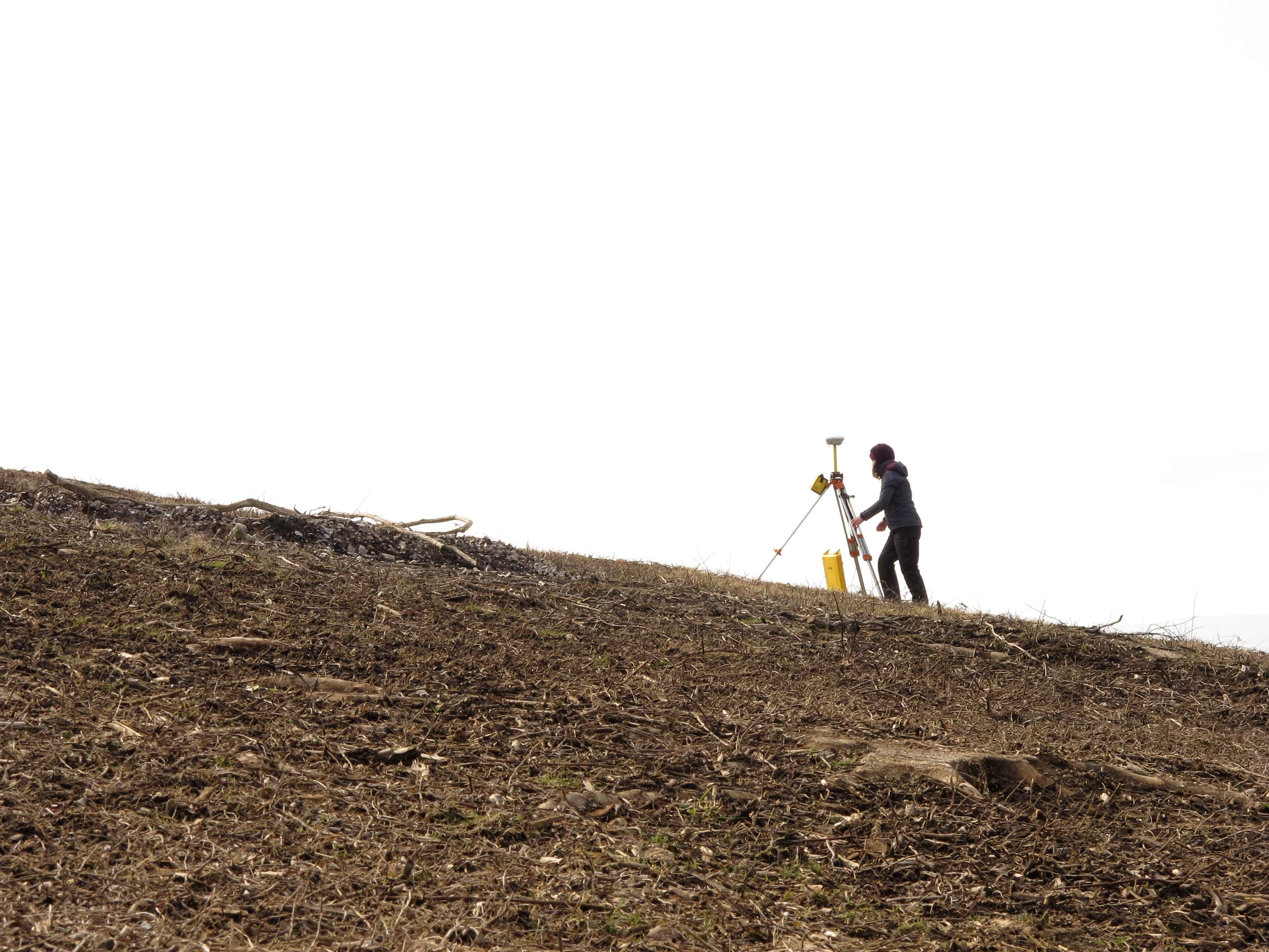Landscape Survey
We do landscape survey in poorly understood parts of rural and urban England that are vulnerable to change in order to increase understanding, enjoyment and extend protection of the heritage.
Overview
One of the fathers of local history, W G Hoskins, famously noted that ‘the landscape is the richest historical record we possess’. Historic England employs some of the most experienced and knowledegable landscape archaeologists and historians to help us understand what that record contains.
We apply close observation, critical analysis and wide experience to support carefully considered interpretations. By doing this we help people appreciate the richness of place, make the obscure clear and encourage all to appreciate, value and protect historic places.
Landscape survey is an important tool in helping Historic England meet Objective 2.2 of its Action Plan, but also supports work in most other areas.
Analytical field survey
We may work with relatively small complexes of earthworks and ruined structures, like a hillfort, or a deserted medieval settlement, or a twentieth century military complex, or a part of a parkland or a field pattern.
We unlock stories that make sense of the site itself and of much more extensive remains These interpretations are often applicable to other places through our being able to identify them with a particular type.
Extensive landscape survey
Sometimes we work with whole regions, usually those whose landscape history is poorly understood. They may be vulnerable to substantial change or extensive neglect and our surveys may then guide protection against threats or the taking of opportunities to improve management.
Other extensive surveys may be in protected areas, like National Parks, Areas of Outstanding Natural Beauty or World Heritage Sites, where the surveys will support improving presentation and enjoyment.
Rapid urban survey
Landscape is urban as well as rural. We apply the principles of landscape survey (of observation, analysis and interpretation) to towns and cities in numerous ways, but especially when we study particular quarters, usually through forms of historic area assessment.
We also use more rapid appraisals of whole cities or when studying particular themes (like suburbia, or the effects of the motor car or the developments along seafronts in resort towns) by sampling numerous urban areas.





